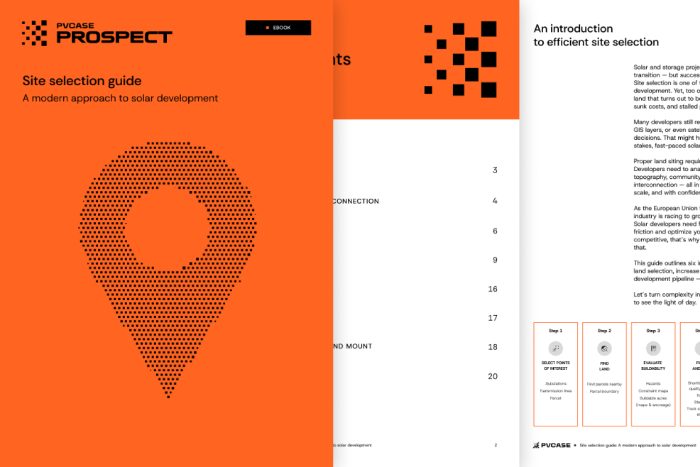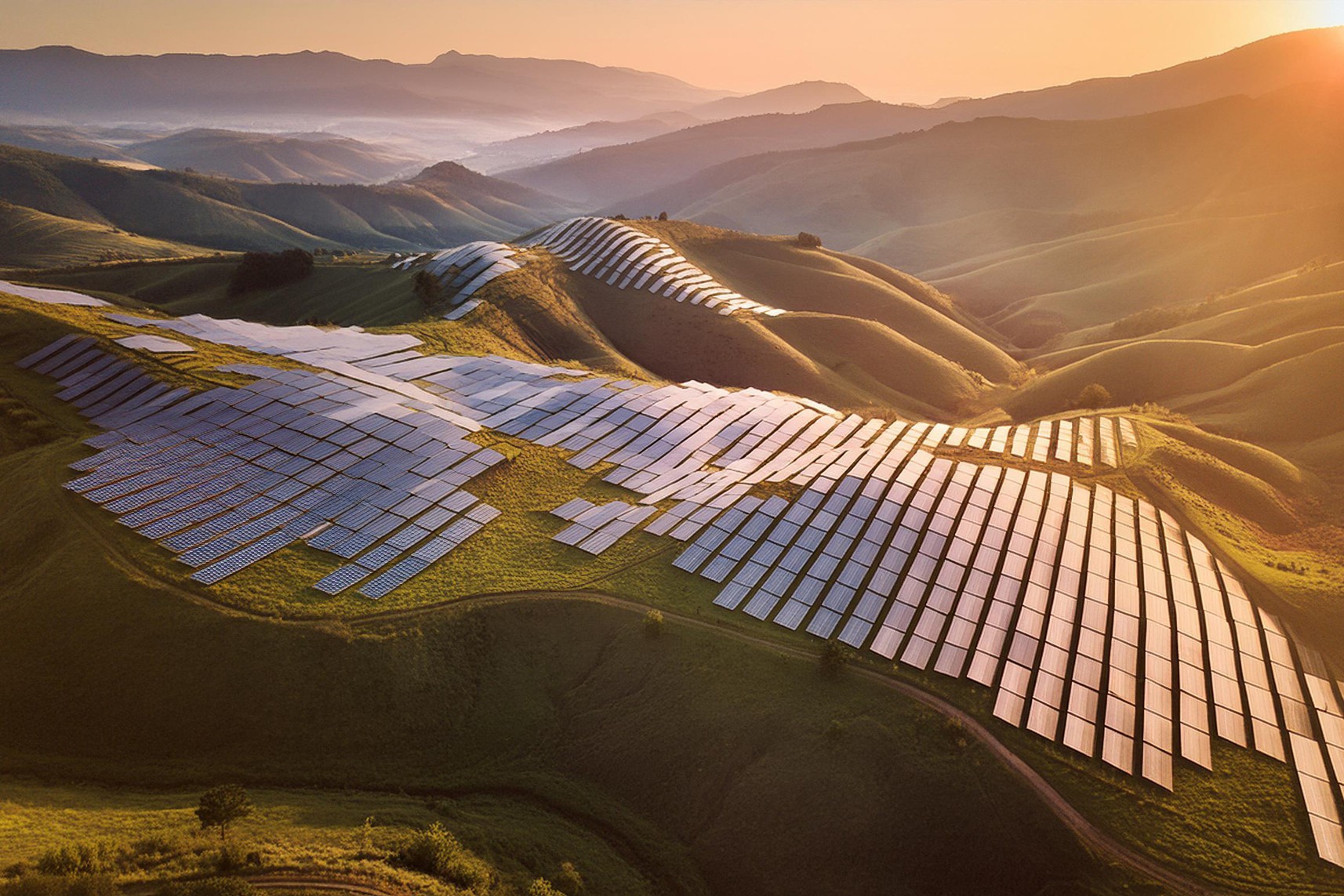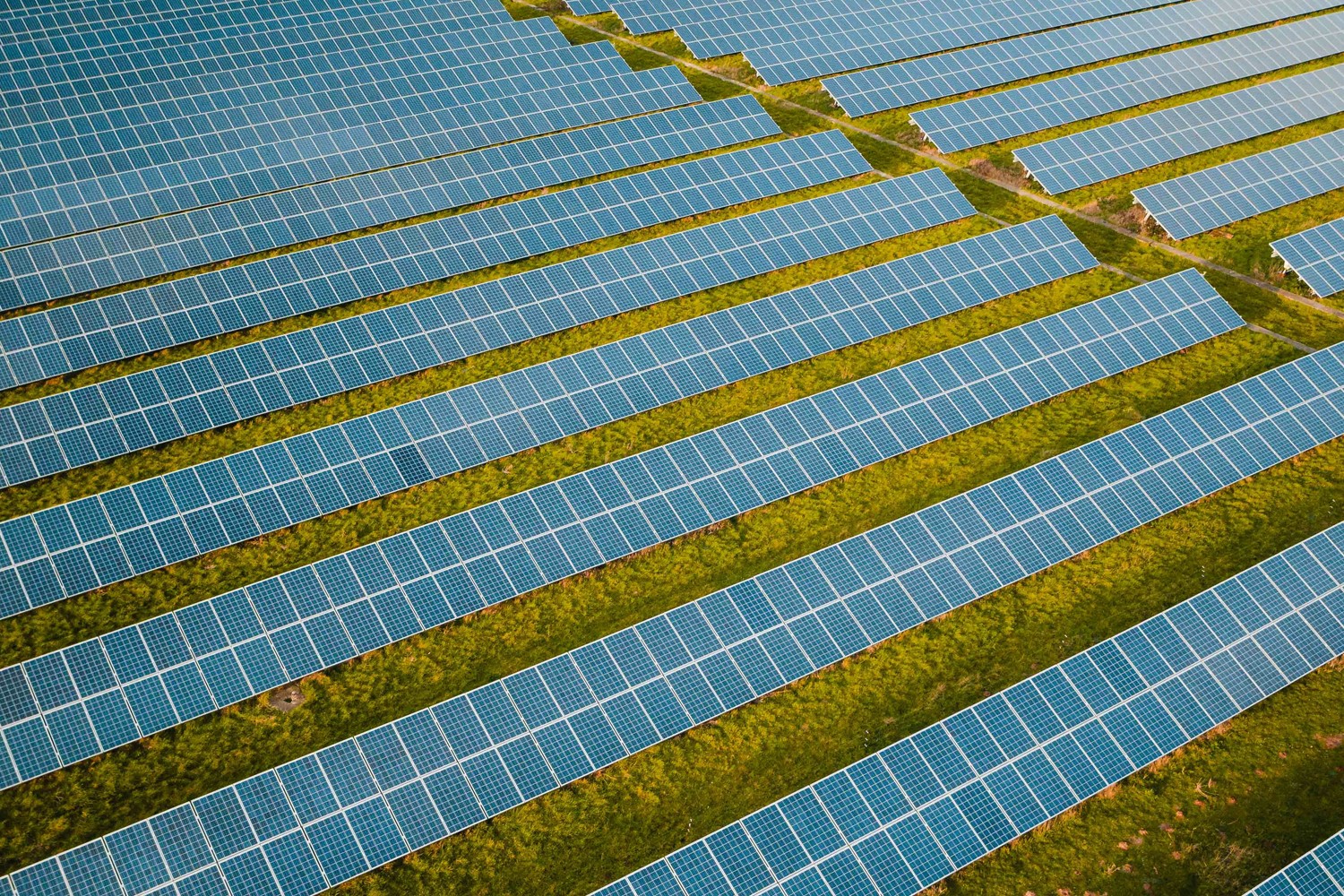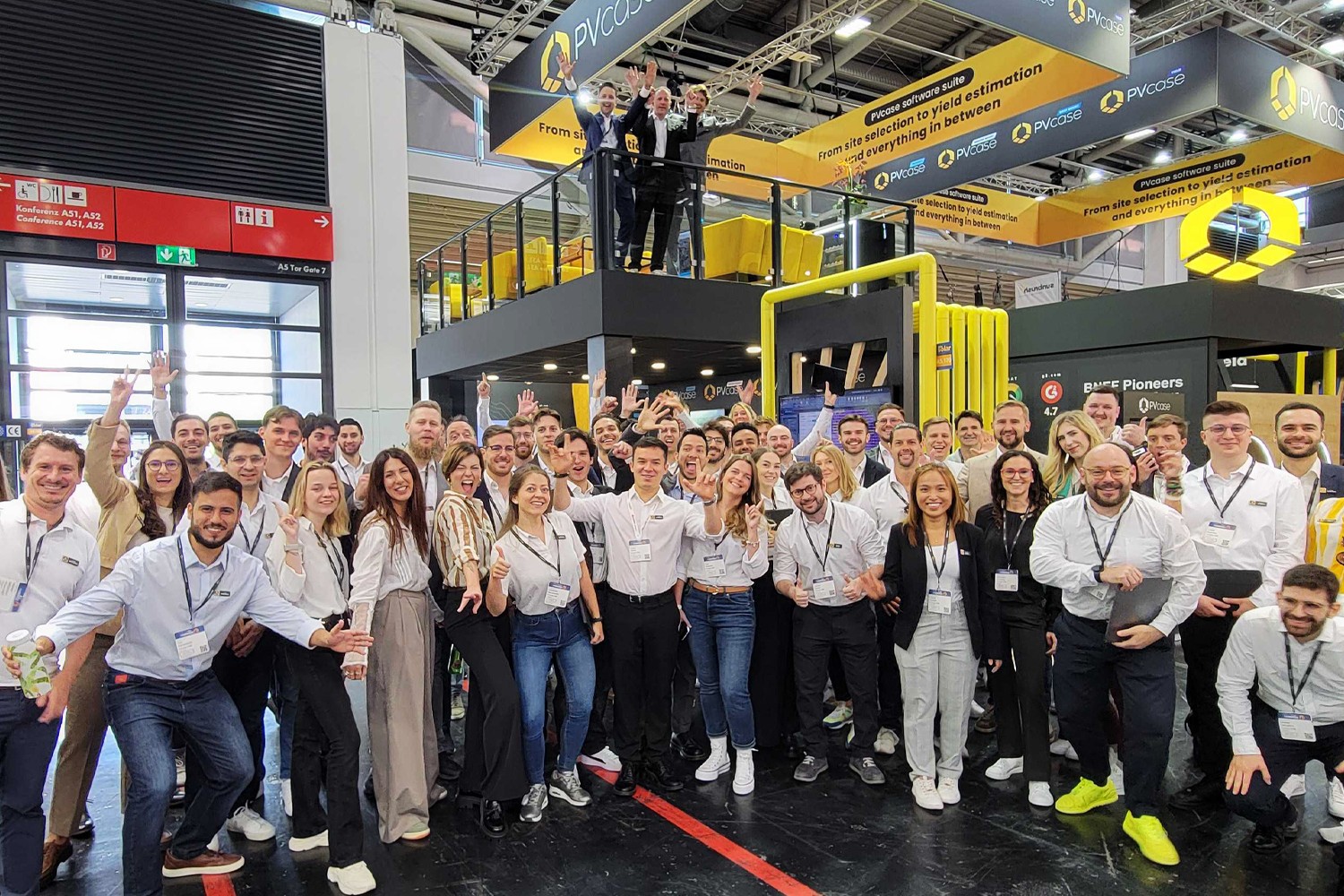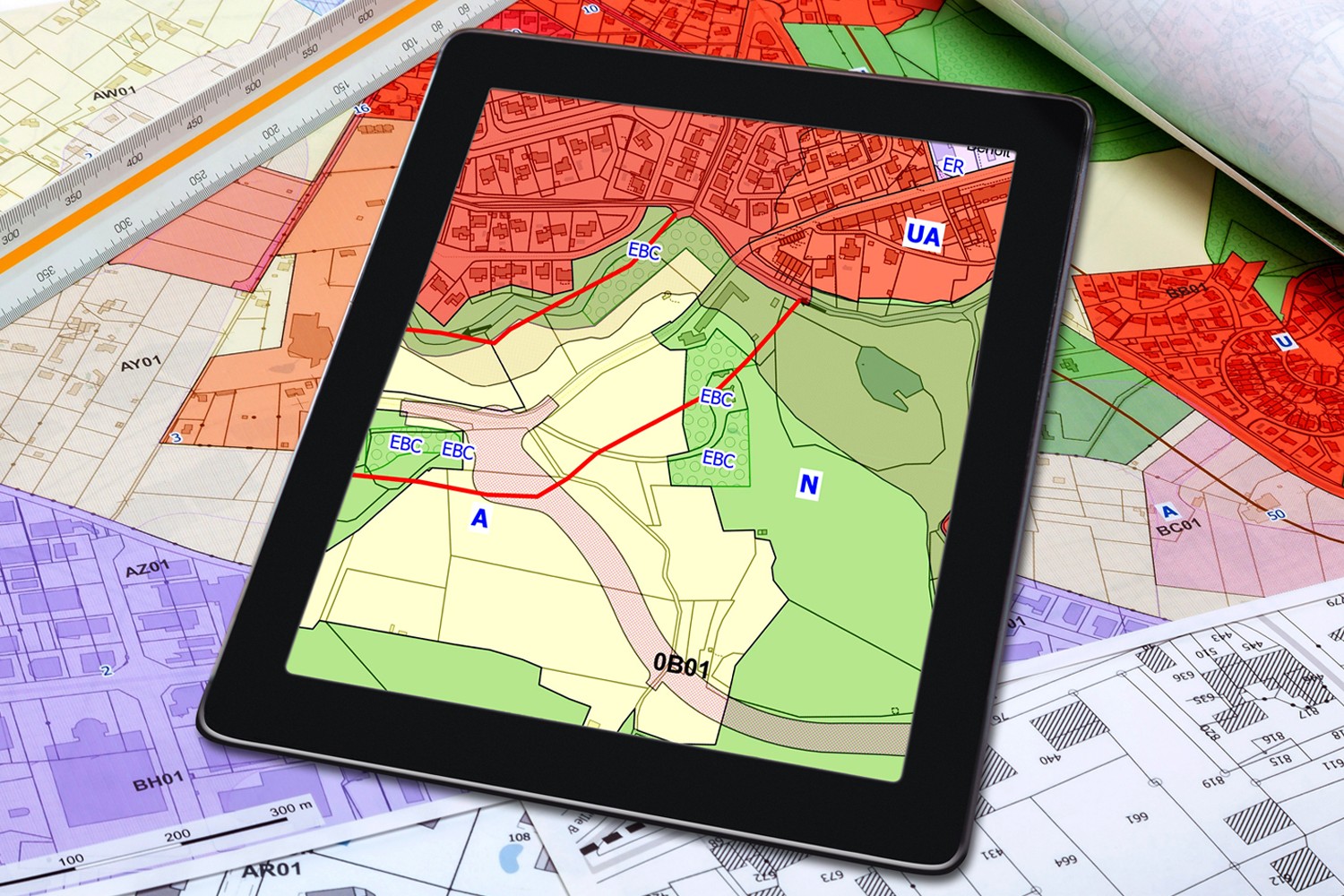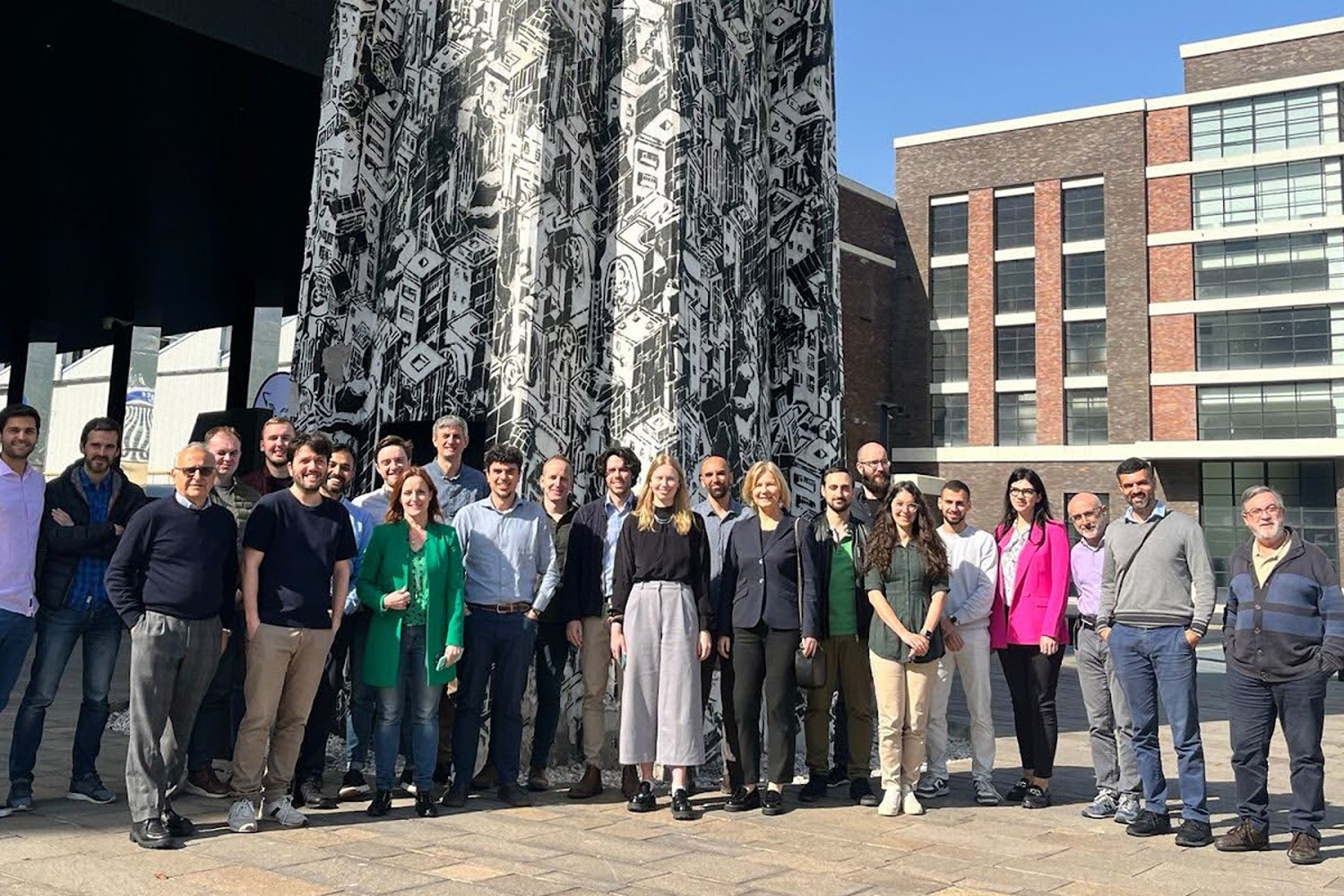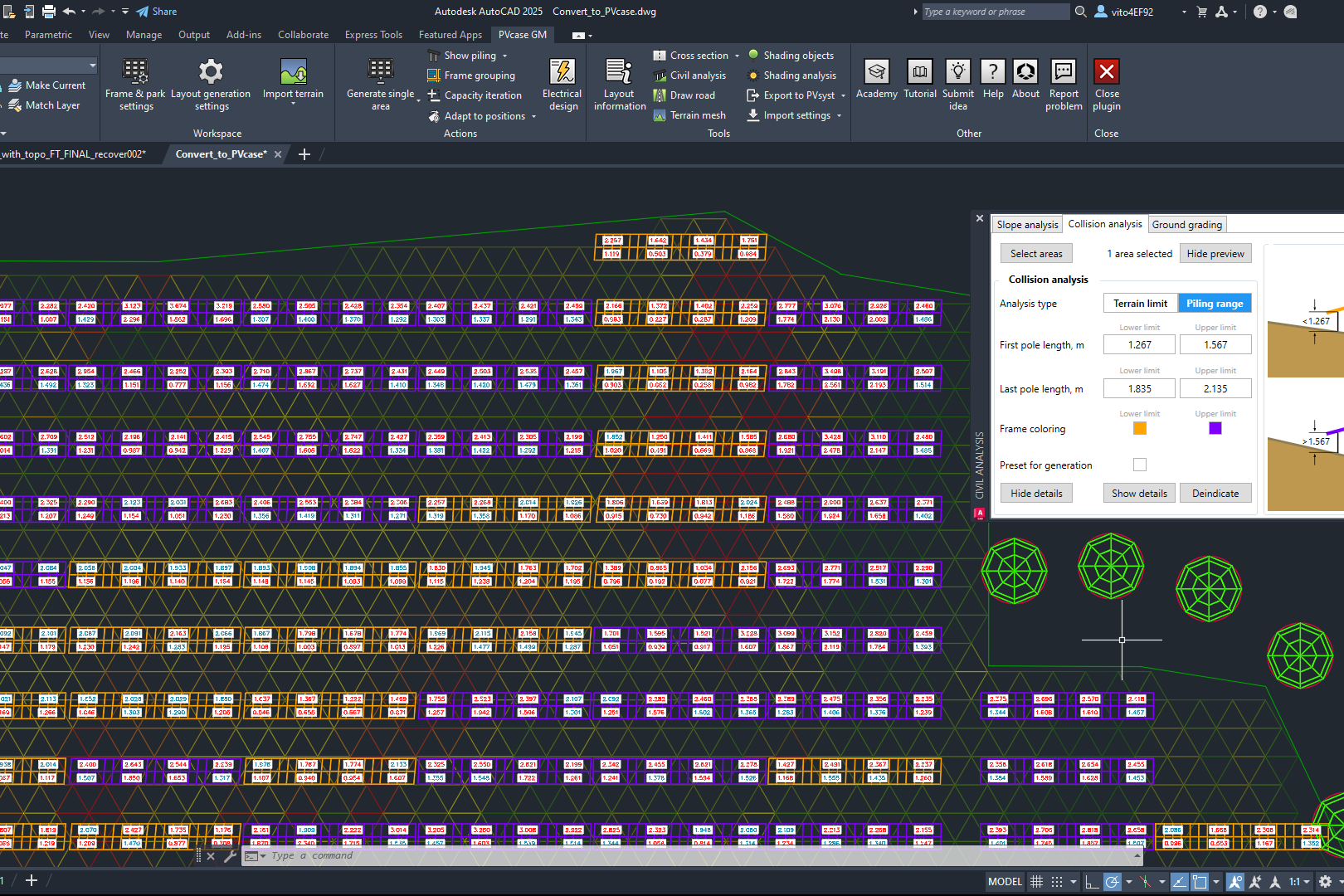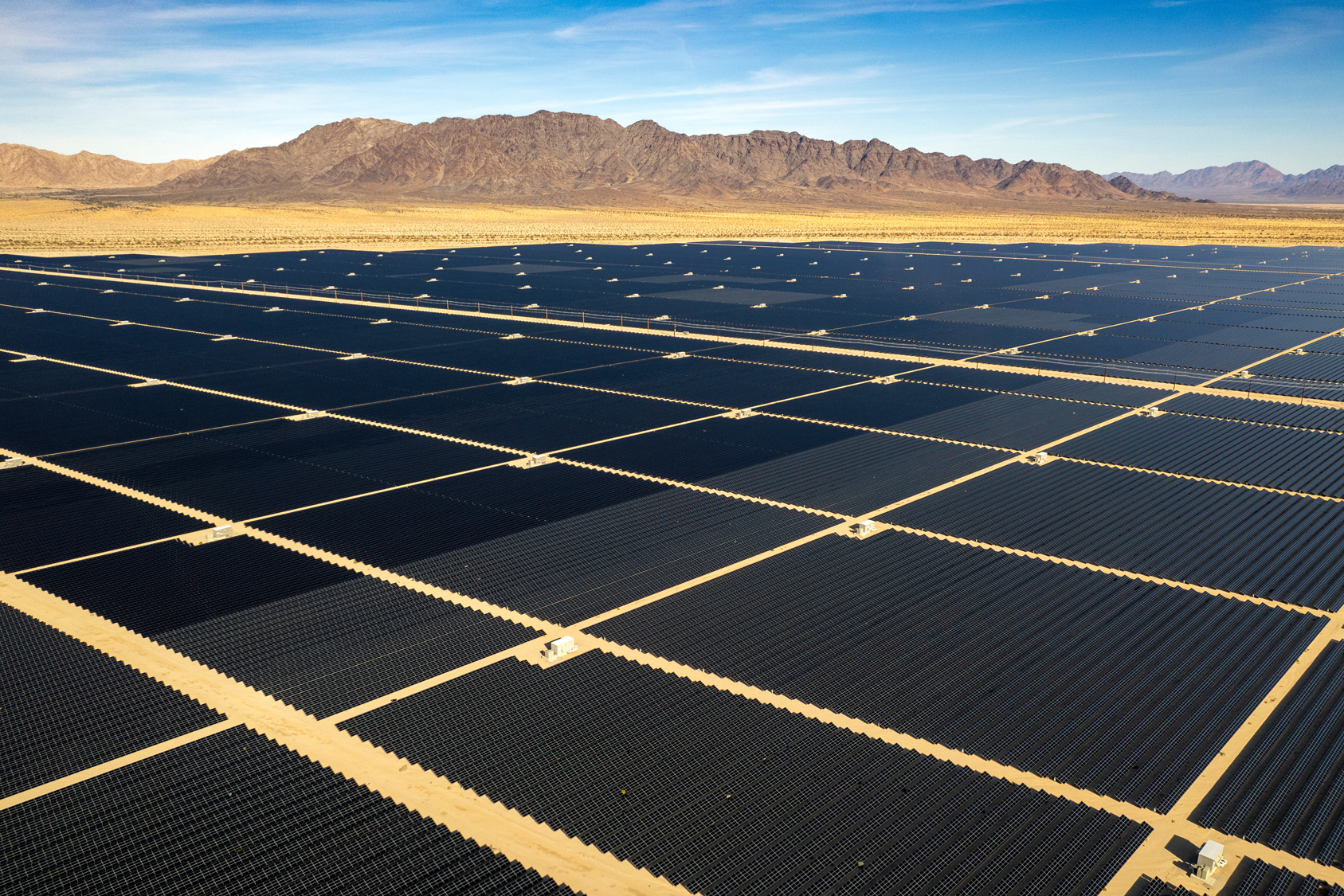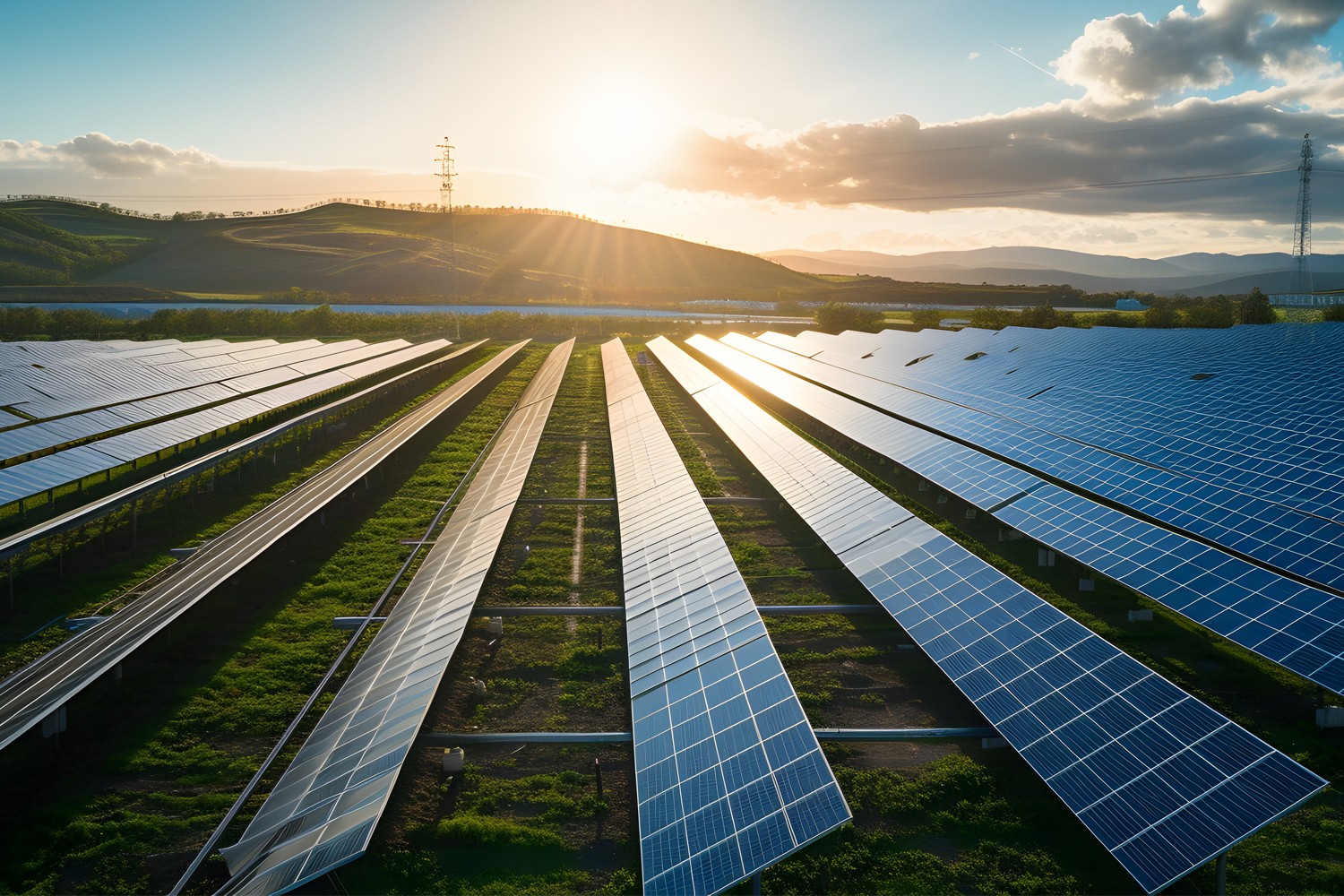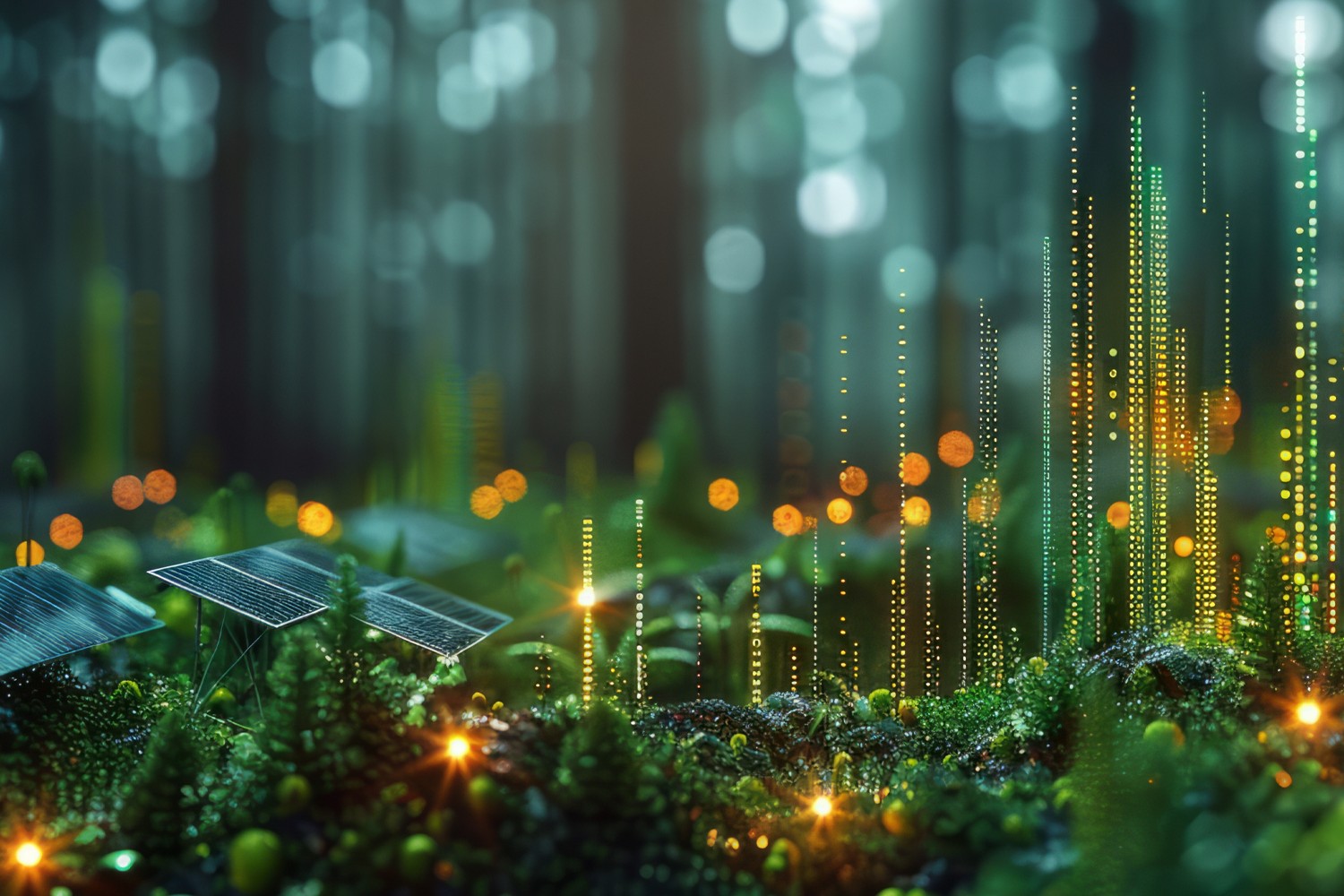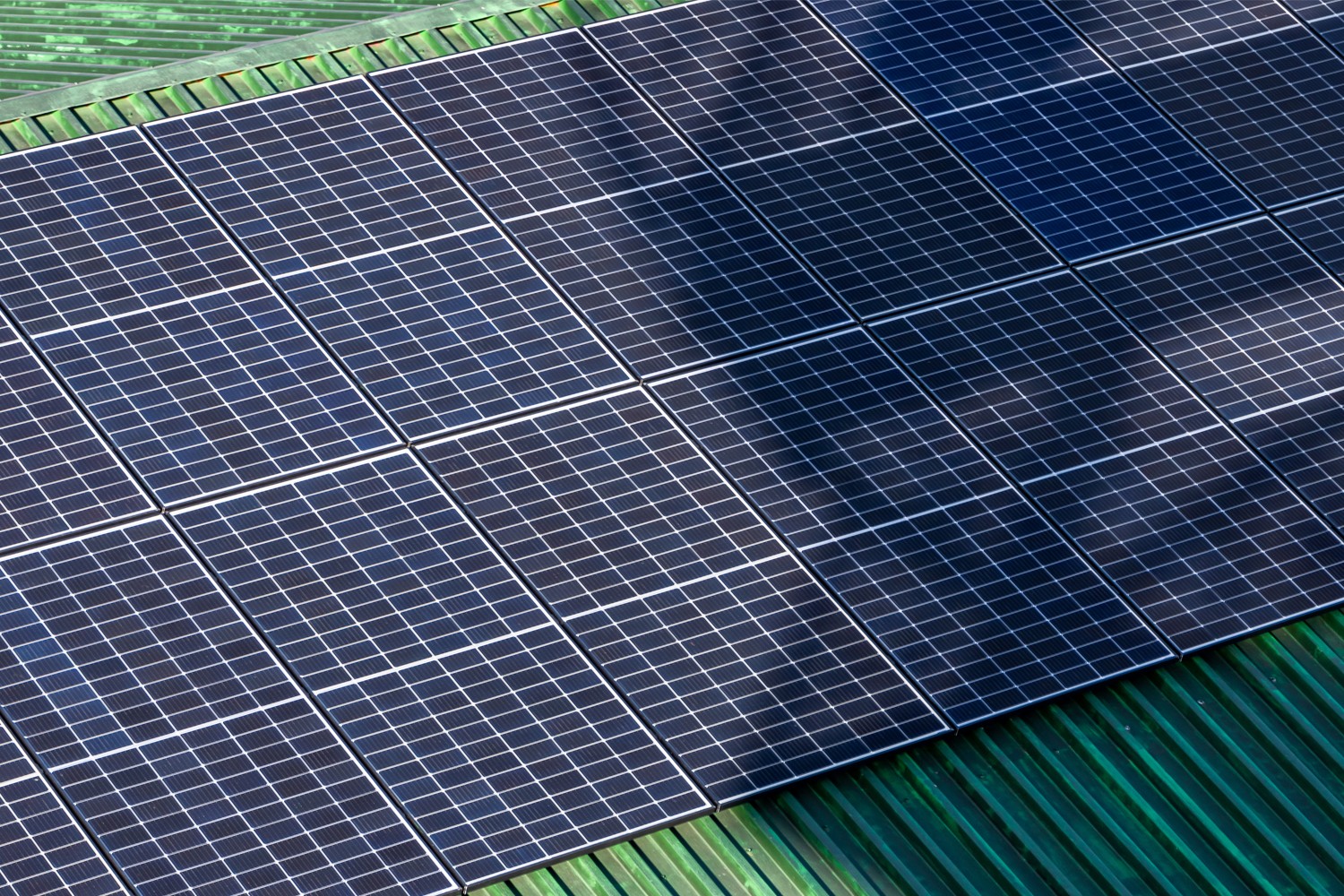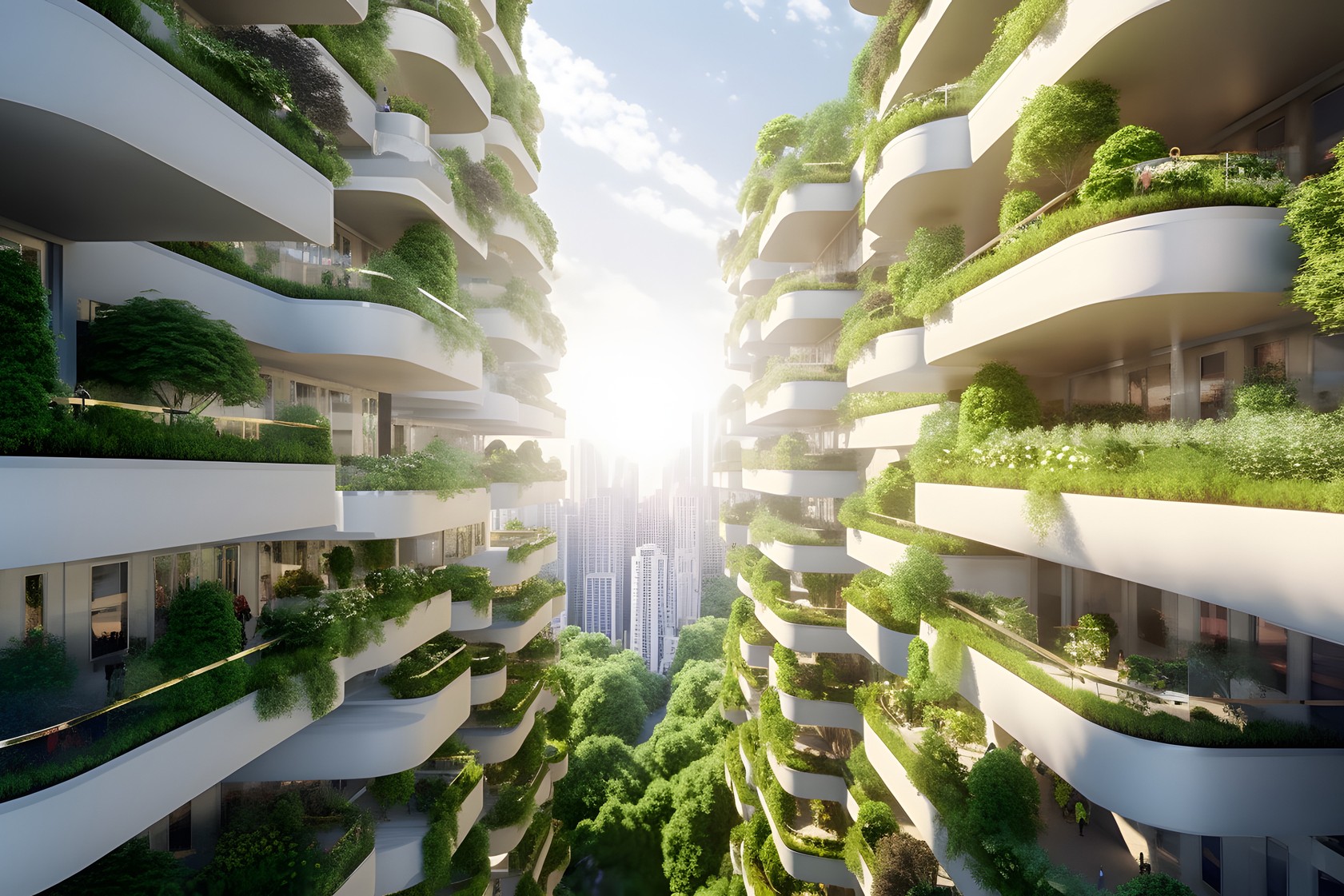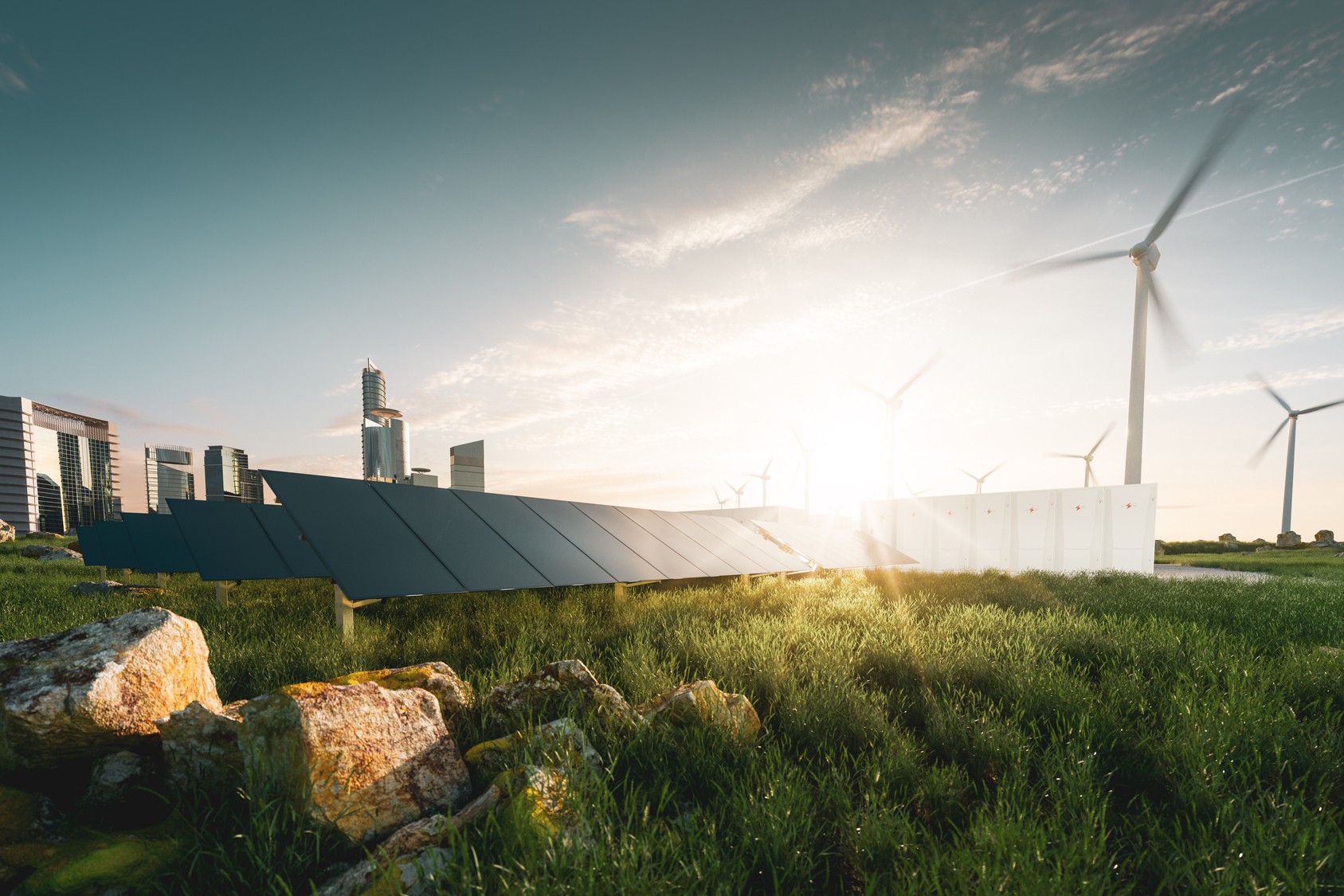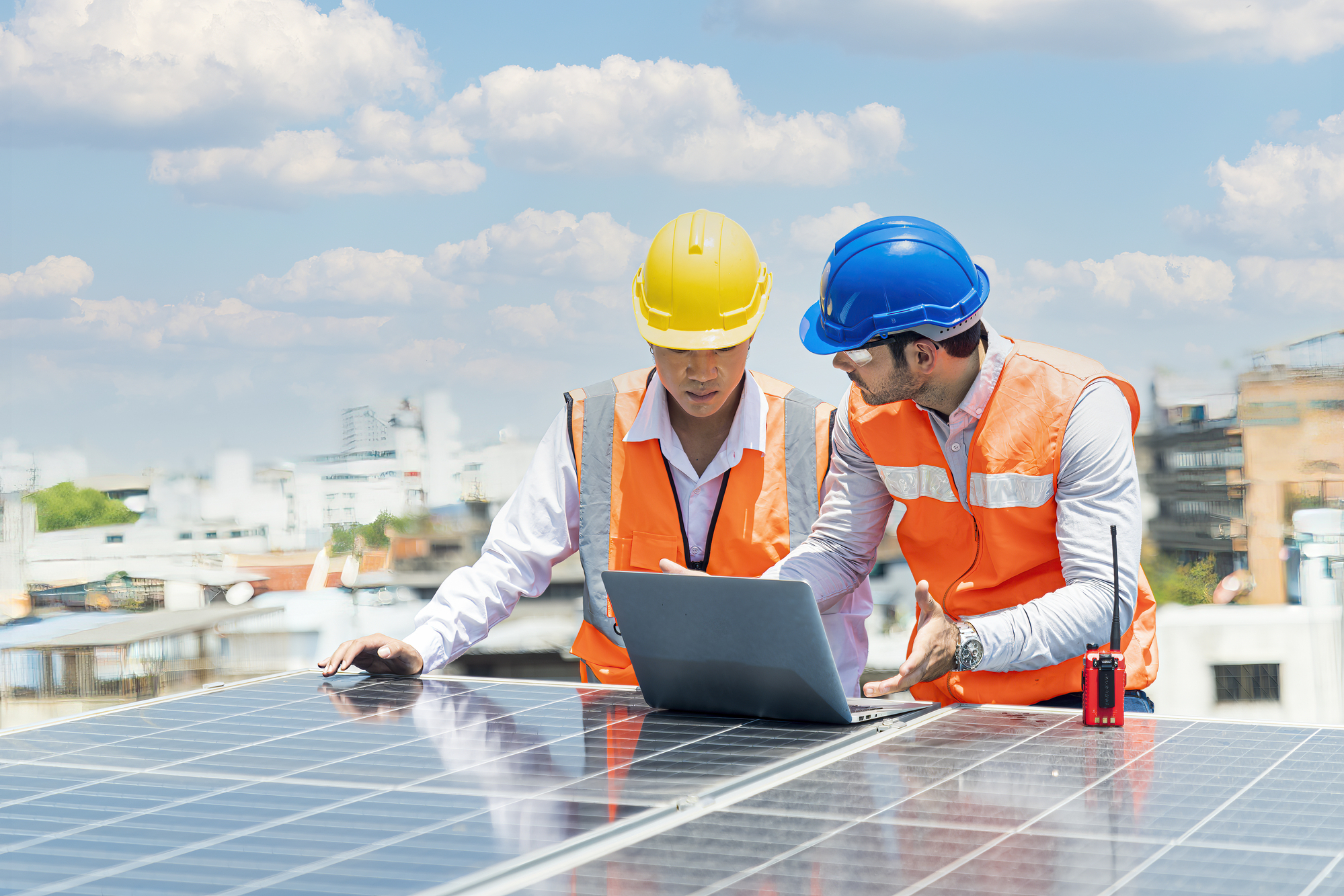As the realities of climate change and environmental degradation continue, it’s clear that a sustainable future is desirable and necessary. However, renewable energies, though a good alternative to reliance on fossil fuels, are not without their own challenges. High costs, efficiency challenges and waste production are all consistent hurdles to widespread adoption of renewables. For these reasons, using a design framework that takes all of these components into account is essential.
Systems thinking is one way of doing so. This concept involves emphasizing the big picture and examining how all aspects of a project interact with and impact one another. In the case of clean energy production, systems thinking considers how the energy is generated, stored and used, and how any waste associated with this process is managed. It could also involve conserving resources to reduce environmental impact and considering how sustainable energy products impact local communities.
In this way, systems thinking can provide long-lasting sustainability solutions to some of our most pressing environmental problems. Let’s look at how this design framework can be used effectively for designing energy systems.
Sustainability problems to overcome
As previously mentioned, sustainability isn’t an easy solution by any means. There are several obstacles in the way of achieving 100% clean energy. Some of the challenges include the following:
- Intermittency and variability: Wind and solar energy are dependent on weather conditions. The intermittency and variability of renewable sources can challenge the continuous delivery of power to the grid.
- Cost-effectiveness: While the cost of renewable energy technologies has significantly decreased over the years, there are still considerations regarding the economic viability of large-scale implementations. Initial setup costs, maintenance and the need for backup power sources can add up.
- Environmental impacts of equipment production and disposal: The production of renewable energy equipment requires significant resources and energy. Additionally, end-of-life disposal of these pieces of equipment can lead to waste management issues.
- Existing structure of the national power grid: The current power grid was designed for centralized, fossil fuel-based power generation. Integrating renewable energy into this existing structure presents challenges related to grid stability and the need for storage solutions.
These challenges are significant, but with careful design and innovative technology they may yet be overcome.
Technological limitations vs. design challenges
When it comes to renewable energy, there are two primary routes to improving effectiveness:
- Enhancing the fundamental technology itself.
- Optimizing the system design using the existing technology.
Consider two basic examples of these principles that apply to solar power plant design. The first is about the fundamental technology — the photovoltaic (PV) cells that convert sunlight into electricity. A calculation known as the Shockley Queisser Efficiency Limit sets a theoretical maximum efficiency for PV cells at 33%, meaning that one-third of the sun’s radiant energy can be turned into electricity, at best. Raising this limit and inventing a solar cell with higher efficiency would be an example of technological improvement.
The second approach is about improving design to work with existing technology. Consider a hilly plot of land designated for a solar farm. It may not be possible to angle every solar panel toward the sun due to the terrain. However, carefully planned ground grading can improve the layout of the array, and motorized tracking systems can turn the panels to follow the angle of the sun throughout the day.
Improving basic technology
The efficiency and effectiveness of any renewable energy systems heavily rely on the quality and productivity of the underlying technology. Both hardware and software shape the performance of these systems. For wind energy, one avenue for improvement lies in the design and materials of wind turbines. For instance, advancements in turbine blade design can lead to more efficient capture and conversion into electricity.
When it comes to solar energy, advancements in PV cell technology can improve the efficiency of solar panels. With new materials and designs like perovskite solar cells, we’re seeing even higher conversion efficiencies than traditional silicon-based cells. And, thanks to enhanced computing power and automation capabilities, intelligent solar design software can help operators better optimize and manage solar power production.

Improving system design
Even within the bounds of existing technology, a lot can be done to optimize the performance of systems through smart design. For instance, bifacial solar panels can absorb sunlight from both sides and significantly increase the energy yield. By capturing light reflected off the ground or nearby surfaces, these panels can generate more electricity than traditional, single-sided panels under the same conditions.
Other examples relate to wind power design, such as placing wind turbines in a calculated layout that allows each turbine to harness the wind wake of the turbine in front of it. This is a clever technique revealed by advanced methods that improve the output of wind farms without investing in any new equipment.
Becoming more sustainable through system design
When it comes to improving the sustainability and performance of energy investments, waiting for technological advancements is not the only solution. Leaders can make significant strides by optimizing system design and employing smart management tactics.
Optimizing for efficiency
Design is a major player in optimizing energy capture and minimizing losses throughout an energy facility’s lifecycle. For example, designing more durable solar panels or making solar panels from recycled materials can reduce the overall impact of a solar plant and produce less waste.
As another example, solar plant design software can improve reliability by accurately analyzing a site before construction, predicting environmental factors that may impact efficiency and optimizing design in ways that will maximize the output and lifetime of the plant.
Choosing the right materials
Materials that can serve their purpose for a long time without needing to be replaced are best for sustainable designs. Using durable, eco-friendly materials in construction can cut back on the environmental impact of renewable energy systems and contribute to resource conservation. In addition, designing adaptable systems that can be upgraded with software instead of equipment replacements can enhance the longevity of an installation.
Planning for longevity and adaptability
Design can also extend the lifespan of infrastructure and facilitate future upgrades for long-term sustainability. For instance, self-cleaning solar panels reduce the need for regular maintenance, reducing ongoing costs and extending the panels’ lifespan.
Likewise, modular wind turbine designs allow for easy component replacement or upgrading, ensuring the turbines remain efficient and relevant as technology advances. Similarly, designers can simulate future changes using a digital twin, which is a virtual model of an actual facility that enables experimentation with hypothetical scenarios.
Considering local perspectives
“Power to the people” isn’t just an expression; it’s an essential element when designing and implementing renewable energy systems. An inclusive design that considers the local community’s specific needs ensures that energy projects are environmentally sustainable and socially equitable.
Promoting sustainable development through community engagement enhances project sustainability, acceptance and long-term management. It leverages local resources and knowledge, fosters ownership and improves outcomes.
Moreover, community engagement allows for open communication between developers and the local community, promoting transparency and trust. This helps prevent conflicts or concerns arising from a lack of information or understanding about the project.
Systems thinking in sustainable design
When tackling complex global challenges like climate change, systems thinking is key. The framework considers all the aforementioned aspects and approaches problems from various angles. Traditional linear or reductionist thinking might not cut it for large-scale issues. Systems thinking adopts a dynamic, multi-pronged approach that considers broader patterns, structures and cycles.
Overall, systems thinking helps create better and long-lasting solutions by looking at how energy, materials and community all relate to each other. It also supports future-oriented and long-term sustainability initiatives. So, as we move towards renewable energy, let’s remember the importance of looking at the whole system to make truly sustainable choices.
You might also be interested in:
July 19, 2024
Siting of PV power plants. How to adapt solar designs to complex terrains?
Choosing the wrong PV project site lowers energy output, raises costs, and risks legal issues. PVcase offers solutions. Discover them by reading the article.
July 16, 2024
Overcoming technical challenges in renewable energy projects. How PVcase transformed OHLA’s design process
Explore how OHLA overcame renewable energy design challenges with PVcase, streamlining solar park operations and achieving remarkable business growth.
July 3, 2024
Bridging the renewable energy skills gap. A success story of PVcase, Enery, and the University of Applied Sciences Upper Austria
Discover how PVcase, Enery, and the University of Applied Sciences Upper Austria have collaborated to prepare future solar engineers through an innovative educational initiative,…
July 1, 2024
Top 10 questions from Intersolar Europe 2024, answered
Get answers to the top 10 questions asked during Intersolar Europe 2024 that cover PVcase Prospect's availability, integration of PVcase products, and much more. Your question is…
June 19, 2024
Targeted solar marketing for successful landowner outreach — e-book included!
Discover how innovative strategies and Anderson Optimization's GIS Site Selection can boost solar outreach ROI and conversions. Download the ebook for more insights!
June 3, 2024
PVcase is part of the 42-month long SUPERNOVA project
PVcase, together with 19 partners from all over the world, is part of the 42-month SUPERNOVA project, focusing on O&M and grid-friendly solutions for reliable, bankable, and…
May 29, 2024
PVcase tools are now compatible with AutoCAD 2025!
We’re happy to announce that you can now use PVcase Ground Mound and Roof Mount, our flagship CAD-based tools, on AutoCAD 2025, enjoy its multiple functionalities and integrate…
May 20, 2024
PVcase is the finalist of “The smarter E AWARD” in the Photovoltaics category
We’re the finalists of “The Smarter E AWARD”! Read more about the nomination and dive into the PVcase Integrated Product Suite offering that innovates the industry.
May 14, 2024
Making great designs on good sites—the importance of topo data for PV design
Topo data is the first step in determining the success of your solar project. While the terrain is crucial in this regard, developers should also consider grid connectivity and…
April 29, 2024
How policy can shape future solar energy expansion
Policymakers and regulatory organizations must actively support solar power's growth and renewable energy advancement. Read the article to learn how.
April 25, 2024
Shading Analysis: advanced feature for C&I roof-mount solar projects is live
Shading Analysis is live! Read the article to learn about benefits, capabilities of the tool, and how it can help users and decision-makers.
April 9, 2024
PVcase wins the BNEF Pioneer Award 2024 for innovative solar design solutions
We won the prestigious 2024 BNEF Pioneers Award! Find out how our software contributes to relieving bottlenecks in the deployment of clean power.
March 29, 2024
Sustainable cities: what urban living of the future might look like
From clean energy to green bonds and renewable energy stocks, there are many ways you can invest your money in a sustainable future. Find them out by reading the article.
March 22, 2024
8 ways to invest your money in a sustainable future
From clean energy to green bonds and renewable energy stocks, there are many ways you can invest your money in a sustainable future. Find them out by reading the article.
March 21, 2024
8 business opportunities in renewable energy
There are many potentially lucrative business opportunities in renewable energy. Learn how you can use these opportunities to make money while contributing to the green…
